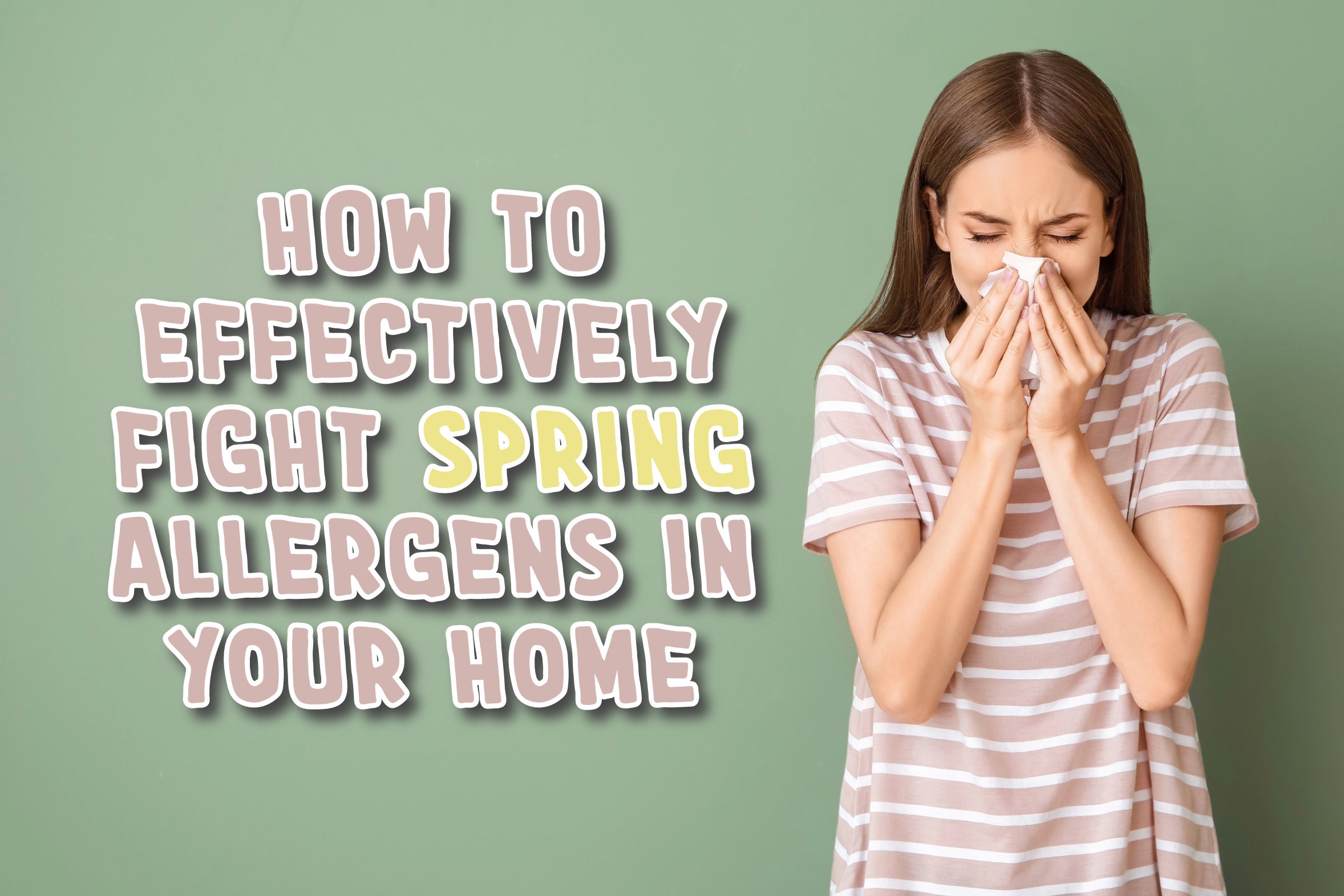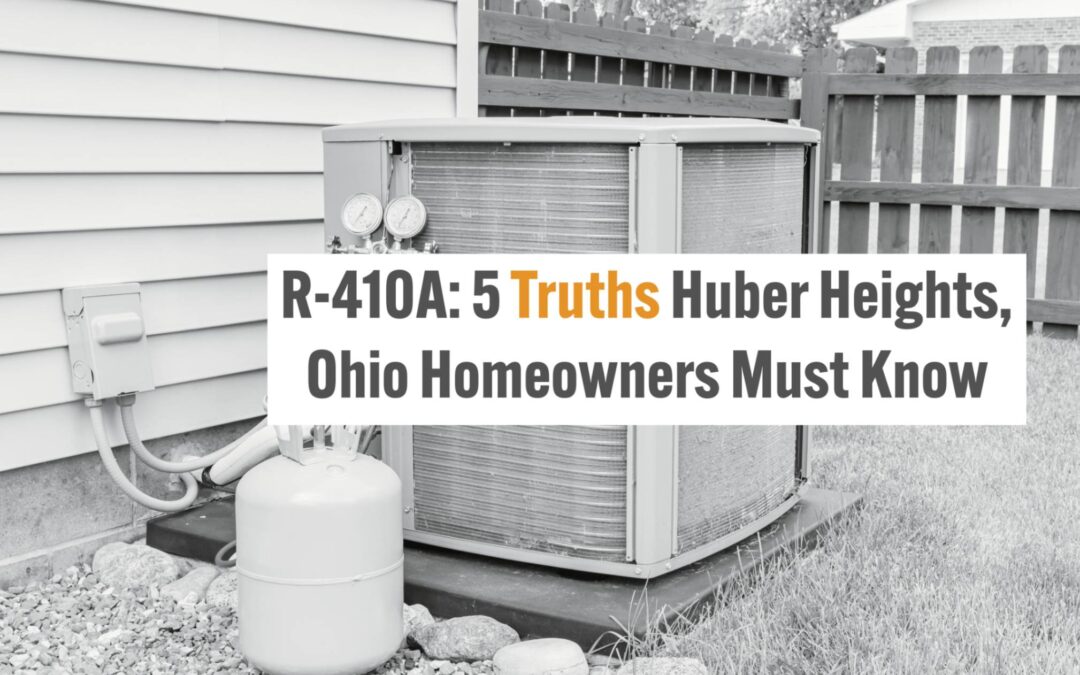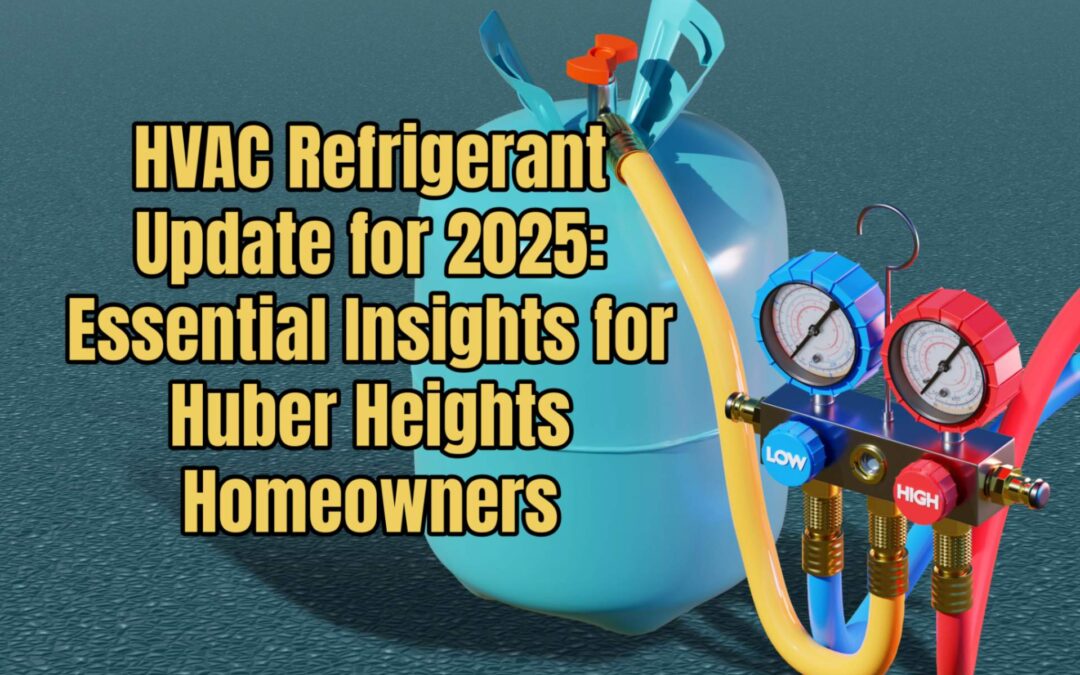For numerous residents in Ohio, the arrival of warmer days also signifies the onset of the challenging allergy season. Situated in the heart of the Midwest, Ohio has a diverse climate and landscape that contribute to a wide array of airborne irritants. These irritants can trigger hay fever and other allergy-related issues that many of us are familiar with. If you find yourself battling against these inconvenient allergens, please know that you are not alone. Many Ohioans face the unfortunate consequences of seasonally induced allergies. Today, let Huber Heights Heating & Cooling offer some valuable tips and tricks to help you protect your home and personal space from the notorious pollen, dust, and other triggers.
Hay Fever and Its Symptoms
Hay fever, also known as allergic rhinitis, presents symptoms resembling those of the common cold. However, these symptoms are not triggered by a virus but rather result from an allergic reaction to indoor or outdoor allergens. The following are the associated symptoms:
1. Runny and/or stuffy nose
2. Watery eyes
3. Itchy nose, mouth, or/and throat
4. Sneezing
5. Coughing and/or puffy and swollen eyelids
What You Should Know About the Ohio Allergen Landscape
Understanding the culprits is the initial step in developing a defense against them. Ohio’s allergy season primarily occurs during spring and fall, attributed to the extensive pollination of ragweed, trees, and grasses, resulting in a high concentration of airborne pollens. Additionally, the state’s unique geography, encompassing lakes, rivers, and extensive farmlands, gives rise to a combination of environmental factors that can exacerbate allergies. These range from mold spores in the damp Ohio River Valley to the dispersion of dust and grime by the wind in the flat farming country.
Fun Fact: The 1st day of spring 2024 is on the 19th of March!
Home Solutions to Fight Allergens
Although it is easy to attribute watery eyes and itchy throats to the fields and forests, indoor allergens can be equally as potent. Pet dander, dust mites, and mold are commonly found in homes, contributing to year-round allergies. It is important to note that your bedroom, living room, and kitchen can all serve as hotspots, potentially accumulating these irritants. Here are some home solutions:
1. Dusting: Establish and adhere to a weekly dusting schedule utilizing a damp cloth or a microfiber duster that effectively captures dust instead of merely redistributing it. Additionally, you’ll want to be sure to address difficult-to-access areas such as ceiling fan blades and shelves.
2. Vacuuming: Utilize a vacuum cleaner equipped with a HEPA filter to effectively capture minuscule particles, ensuring thorough cleaning of high-traffic areas at least twice a week. Don’t forget to address upholstered furniture by incorporating regular vacuuming.
3. Curtains and Drapes: These areas can accumulate dust and dander. So, it is important to regularly clean or vacuum curtains or drapes every few months, and allowing sunlight to enter can help eliminate moisture buildup.
4. Washing: If you have not already, placing all the bedding in your house on a regular wash schedule is a must!
5. Air Filters: Keeping your HVAC system clean and efficient is super important for managing indoor air quality (IAQ). Your first line of defense? High-efficiency air filters. Remember to change them as recommended, usually every 30 to 60 days, especially during periods of heavy use.
6. Showering: If your allergies are really bad, it might be a good idea to take a shower right after being outside for a while. Washing off any pollen or particles from your body as soon as possible can help reduce the chances of bringing allergens inside your home and making your allergies worse.
Interesting Fact: Did you know that Hay Fever affects 1 in 5 people at least once in their lifetime?
Professional Services and Solutions to Fight Allergens
Sometimes, the usual home remedies may not cut it, especially if you have severe allergies or respiratory issues or if you live in an area that’s heavily polluted. Keep in mind that hopping on the modern technology train or using professional services can aid in keeping allergens at bay within your home. Here are a couple of highlights worth checking out:
· Duct Cleaning – Getting your ducts cleaned is a great way to tackle allergens by reducing dust and other pesky pollutants in your home. It can also be a game-changer in humid environments. You see when mold spores get released into the air, they spread all over your place, messing with the quality of the air you breathe. A duct cleaning can help kick those mold spores and other unwanted airborne stuff to the curb. The bonus side of this is that you don’t have to hire a professional for this very often. Every 3-5 years is usually a good call!
· The iWave – The iWave air purifier is a super advanced purification system for your whole home that works seamlessly with your HVAC system. It uses a fancy needle-point bi-polar ionization generator to capture and zap away all those pesky allergens, pathogens, and nasty pollutants from your home’s air. Plus, it even helps get rid of those musty odors, reduces dust buildup, and improves overall indoor air quality.
· A Whole-home Dehumidifier – Mold loves damp and warm environments, and Ohio’s summers and river valleys can be perfect for its growth. Having a dehumidifier is not just about reducing moisture; it can also make a big difference in improving air quality by keeping humidity levels low. So, if you’re thinking about improving your home’s IAQ, investing in a whole-home dehumidifier that covers the square footage of your most-used areas is definitely a smart move.
· A Smart Thermostat – Did you know that having a smart thermostat can actually help improve your home’s IAQ? Yeah, it’s pretty cool! These smart devices can keep an eye on humidity levels and give you a heads-up if it gets too high or low. Plus, they’ll even let you know when it’s time to change your HVAC air filter. It’s a helpful reminder in the midst of our busy lives!
Want to improve your indoor air quality? Check out these practical tips! You totally have the power to take charge of your indoor environment. As we finish up our discussion on home allergens, our aim is to give you the knowledge and practical solutions you need. Remember, you can have a breathable, allergen-free home by understanding, identifying, and effectively fighting these microscopic intruders
Breathe easy with Huber Heights Heating & Cooling. Call us today at (937) 226-9675, or schedule an appointment online now by clicking here! Let’s do this!







